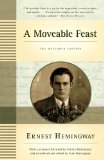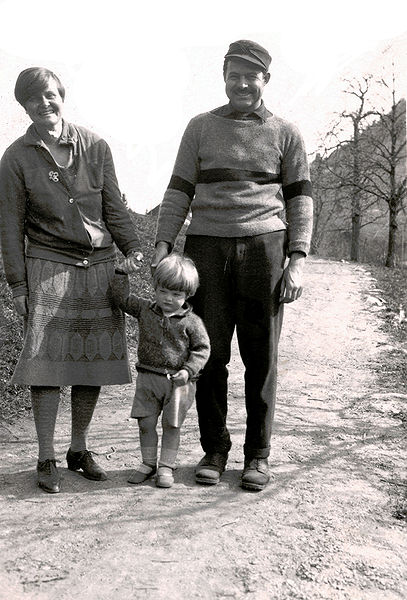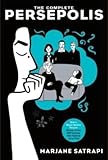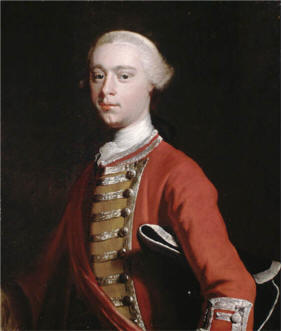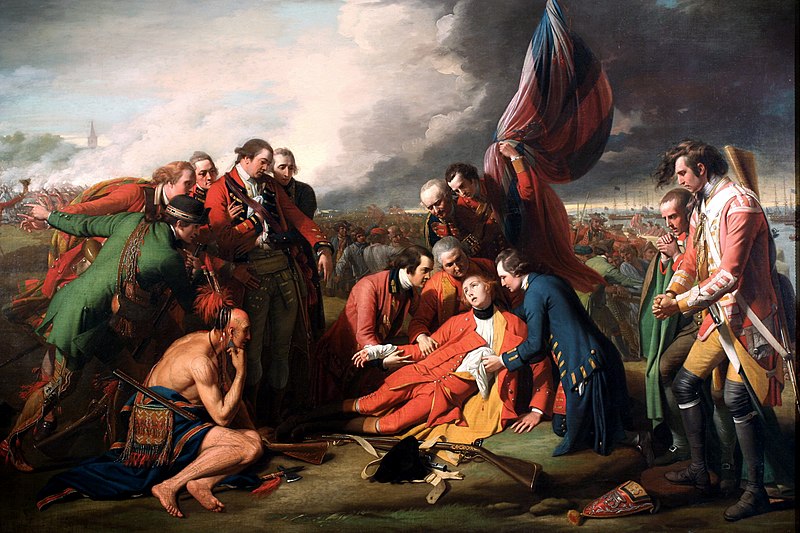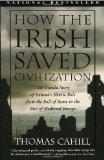 [amazon asin=0811735737&text=Basic Soap Making] by Elizabeth Letcavage and Patsy Buck is a quick, easy-to-read basic instruction manual for beginners to homemade soap making. The book includes basic instructions for several kinds of soap as well as great information about handling lye and making your own mold and cutter (those wooden molds are very expensive!). The photographs are great, and the step-by-step directions seemed very easy to follow. I can’t wait to get started now!
[amazon asin=0811735737&text=Basic Soap Making] by Elizabeth Letcavage and Patsy Buck is a quick, easy-to-read basic instruction manual for beginners to homemade soap making. The book includes basic instructions for several kinds of soap as well as great information about handling lye and making your own mold and cutter (those wooden molds are very expensive!). The photographs are great, and the step-by-step directions seemed very easy to follow. I can’t wait to get started now!
I decided I wanted to learn to make soap, and the recipes I’ve found online and pinned on Pinterest look wonderful, but they’re not very basic, and I am definitely not sure I’m ready for them without trying more basic recipes first. I have always been a fan of homemade soap, and one of my favorite products is this great Dead Sea mud/spearmint/lavender soap I bought at the Riverside Farmers’ Market in Roswell. I can still order this soap online via the seller’s website for a fairly reasonable price, but seeing all her wares made me want to try making soap myself, and I especially wanted to see if I could learn to make soap as well as she does. The nice thing about making your own soap is that you can scent it with essential oils in your own favorite scents, and you can give soap as gifts, too.
It’s going to be a while before I can try my first batch, but I am really itching to start after reading this great little instruction manual.
Rating:





